12 common potted shrubs and flowers. Grow a few more and enjoy flowers in all seasons.
Shrubs are a type of woody plant, but they are much shorter than trees and are mostly suitable for potted plants. Here are some common shrubs and flowers. The height of the plants is generally less than 3 meters. After being potted, the plants grow to more than one meter high and are easy to care for.
1. Ixora
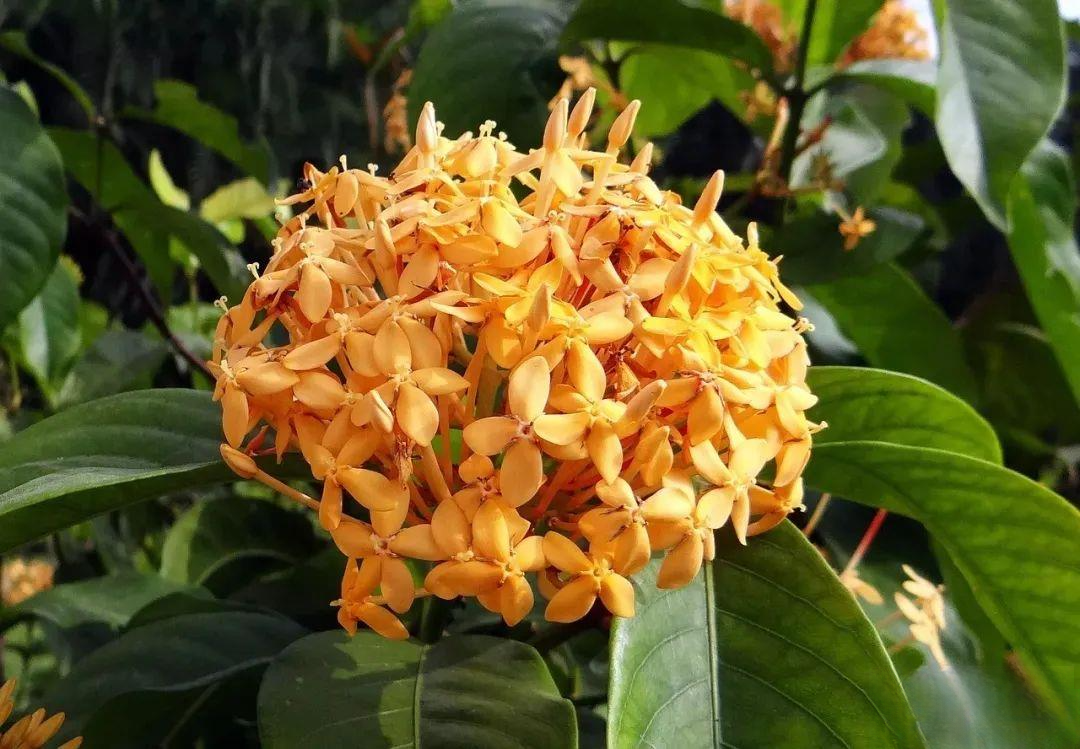
The Ixora is sometimes called the Hundred-Day Red because its flowering period is extremely long. It can be seen blooming basically all year round. The Ixora is a common tropical shrub flower. The plant is relatively short. After being potted, the index height can generally be controlled below 90 cm. Its leaves are emerald green, the flowers are brightly colored, and there are many varieties.
Common colors of Ixora include red, orange, yellow, white and mixed colors. It even looks a bit like hydrangea when it blooms.
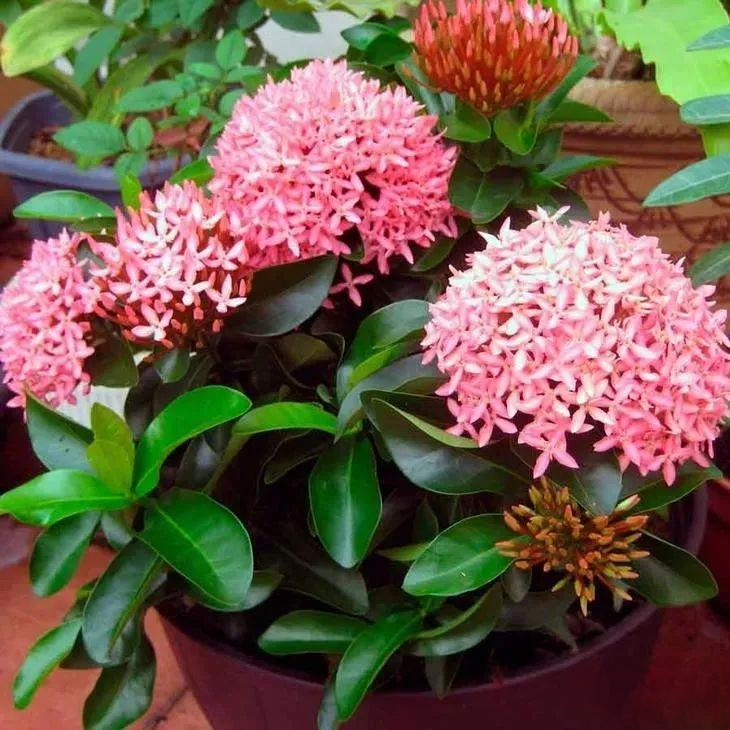
When caring for the Ixora, you must ensure sufficient light, a warm environment and high air humidity. It is best to have more than 6 hours of direct sunlight a day, and the ambient humidity should be maintained above 50%. Also, avoid low temperatures. In winter, the temperature must be maintained above 10 degrees to continue flowering. If the temperature is low in winter, below two degrees, it may be frostbitten.
If you want the dragon boat flower to bloom, you also need to provide some slightly acidic soil, the potting soil should have good drainage, appropriate fertility and more humus.
2. Miniature Rose
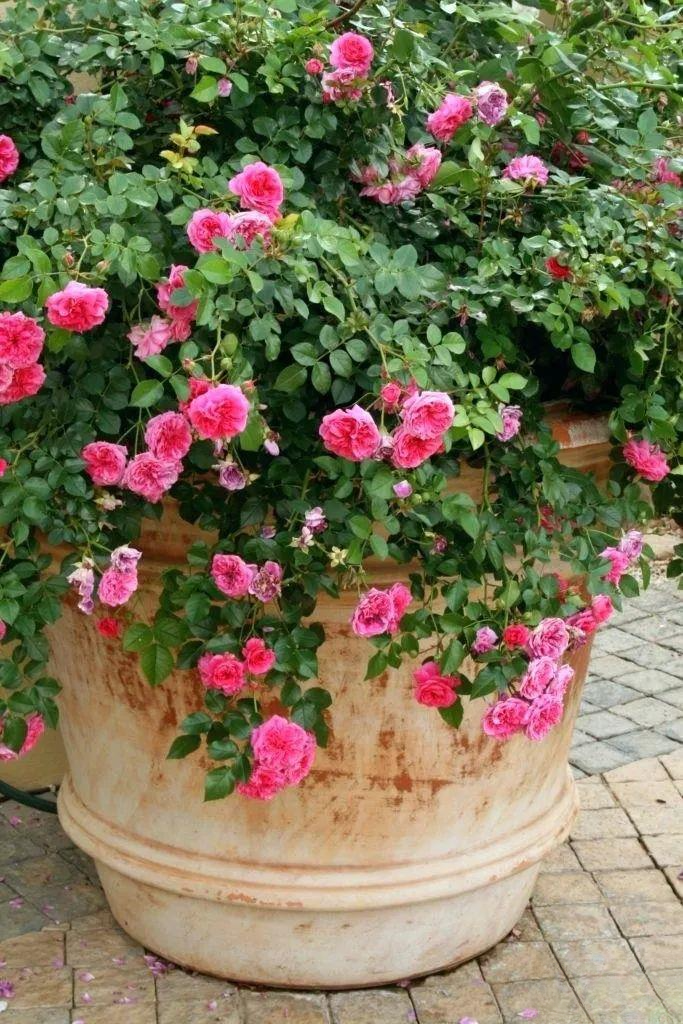
There are many varieties of roses suitable for planting in pots. The most suitable one is the miniature rose, and there are different types to choose from. The flowers are relatively delicate and can bloom continuously with proper maintenance. It likes sufficient light and needs more than 8 hours of direct sunlight a day. In addition, pay attention to regularly replenishing the soil with fertilizer and water. The soil should have good drainage and more fertility. The environment should be ventilated and light-transmitting, so that the flowers can maintain a long viewing period.
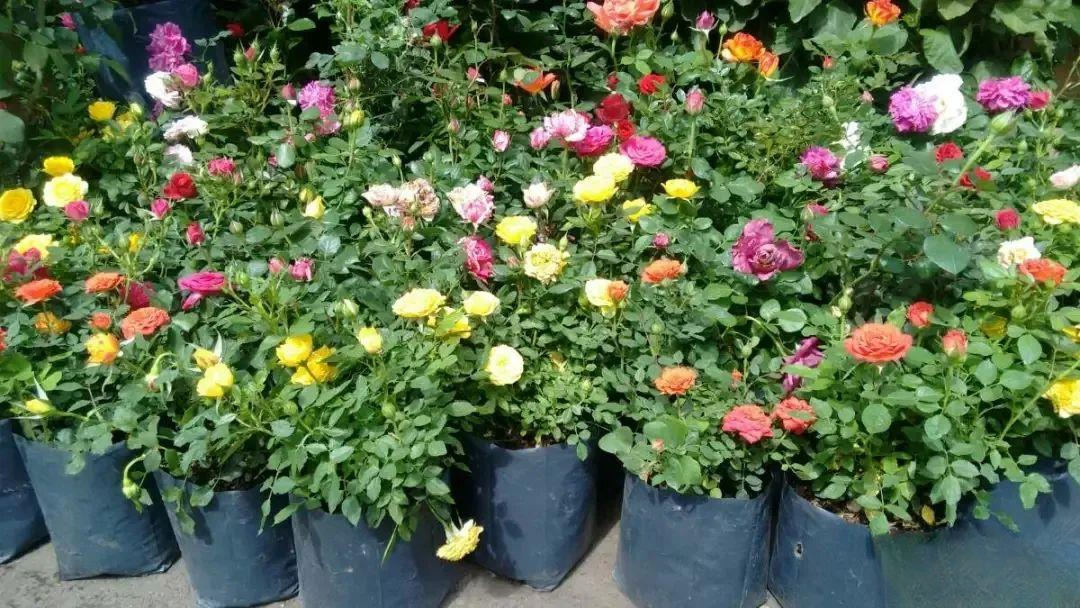
When caring for roses, it is necessary to avoid frequent watering, but it is different for miniature roses. When planted in pots, their soil will dry out quickly, especially in an environment with sufficient light. The soil cannot be dry often, but do not water it frequently, otherwise it will be easy to be infected with root rot. If there is often water accumulation on the leaves, it will be easy to be infected with powdery mildew or other fungal diseases.
The shape of miniature roses is very unique, and their plants are very small. With careful maintenance and regular spraying of fungicides (usually once every two or three months in spring, summer and autumn, regardless of whether there are diseases or pests, prevention is the main focus), their plant height can be controlled at about 60 cm, and they can be grown into very small shrub flowers.
3. Five-star flower (star flower)
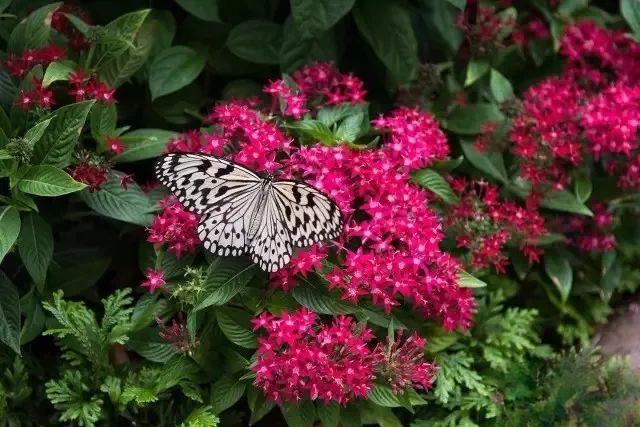
The five-star flower is a star flower. Its flowers are particularly delicate, but there are a lot of them. The colors are generally red, pink and white, and there are also rare mixed-color varieties. It is very easy to attract butterflies and is very afraid of cold. It is more common in tropical areas. Now it has become a popular ornamental potted plant in the north.
Pentaphyllum is suitable for planting in early spring. It can be cultivated directly by branch cuttings. It can maintain continuous flowering throughout the summer and autumn. The more sunlight it gets, the better it will bloom.
4. Azalea
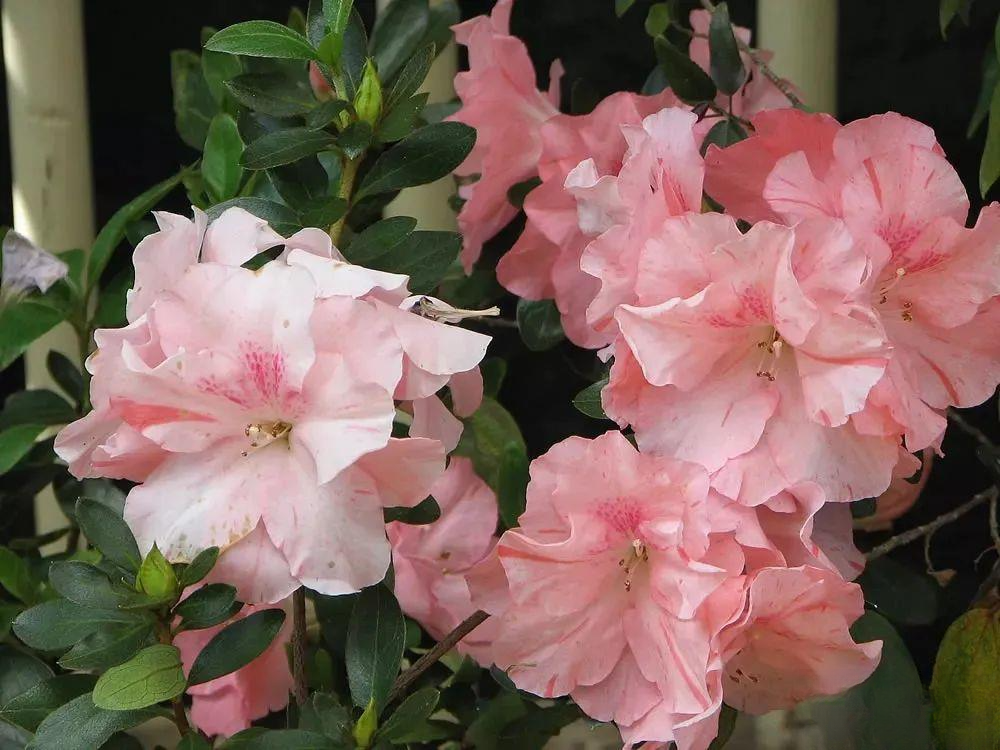
Rhododendron is often called azalea. It blooms brilliantly every spring. The most classic colors are red, pink, apricot and white. The flowers are lush and the leaves can remain green all year round.

Azalea is a very typical subtropical shrub flower. It prefers slightly acidic soil. The planting environment must be warm, with high air humidity and more light every day. However, in the hot summer, you must pay attention to sun protection and shade. It prefers a semi-shaded environment to avoid excessive exposure to the sun. The environment must be ventilated and light-transmitting. The temperature in summer should not exceed 35 degrees, and the temperature in winter should be maintained above zero.
5. Bougainvillea
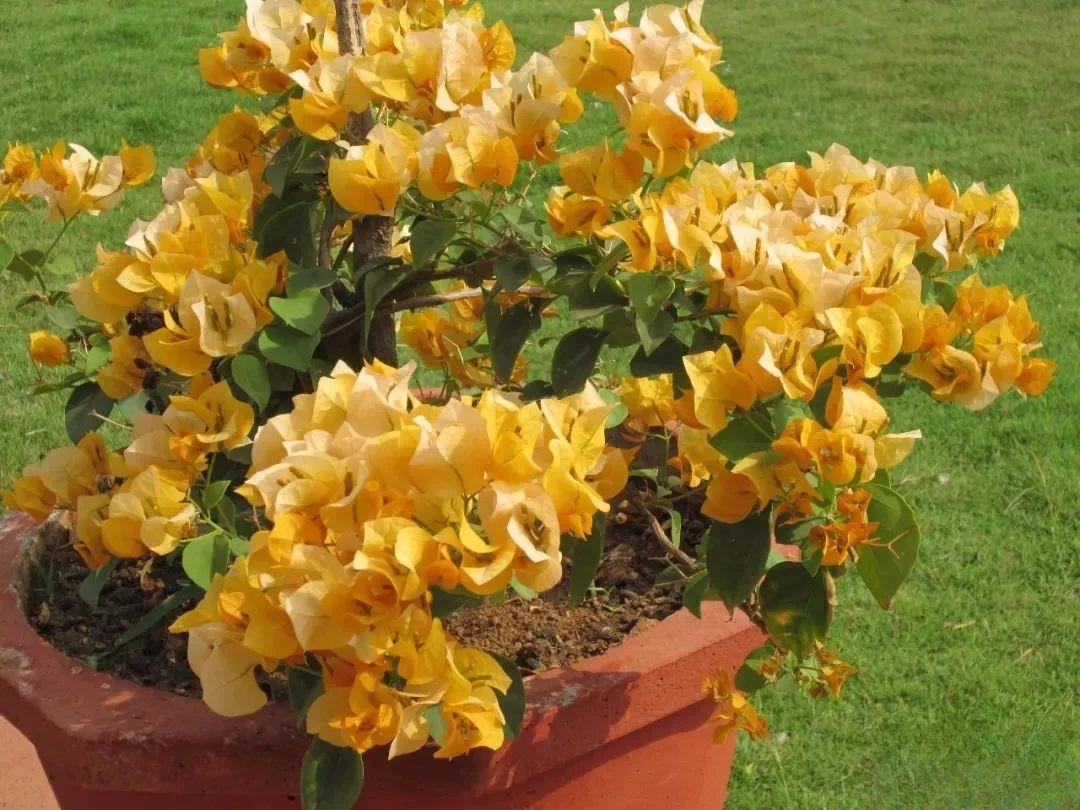
Bougainvillea is a common shrub flower in the tropics. It is easy to grow, likes sufficient sunlight, has strong drought tolerance, and does not need frequent watering. Too much water can easily lead to the growth of branches and leaves, and in severe cases, it can easily lead to root rot. If you want it to bloom more, pay attention to regular pruning, pruning after flowering, pruning in winter, to promote the growth of more new branches, and regularly add potassium dihydrogen phosphate and acidic fertilizer to ensure brilliant flowers.
Bougainvillea has extremely rich colors, including the common pink, red, purple, apricot, white and yellow, and even mixed colors and double-petal varieties. It can only grow well if it is maintained in sufficient light and slightly acidic, humus-rich soil.
6. Jasmine
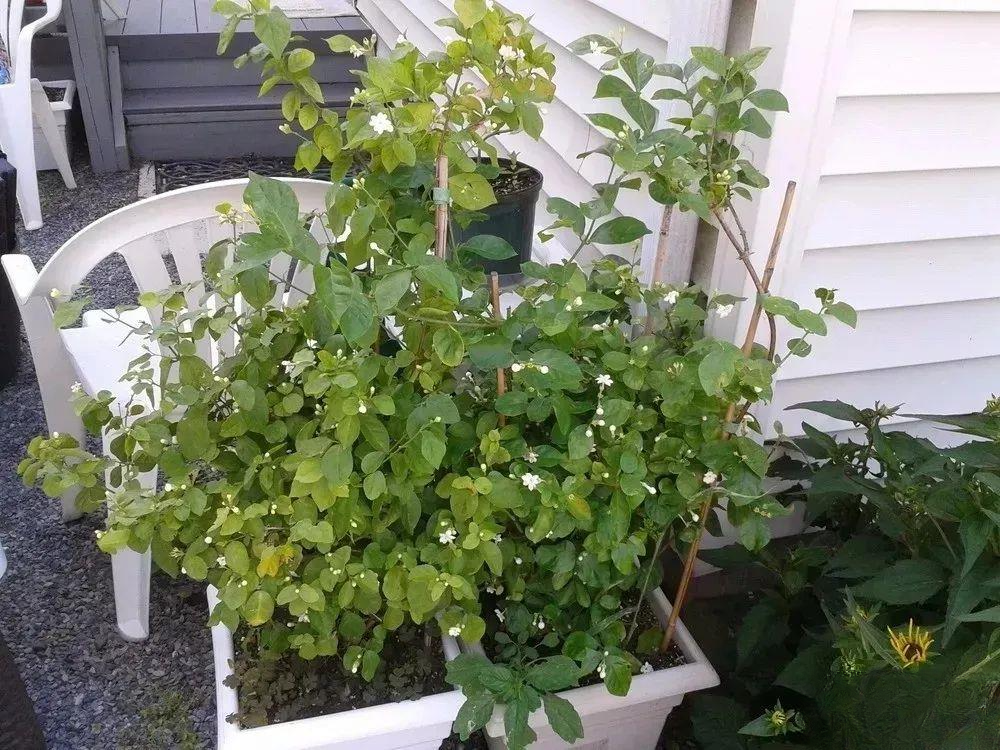
Jasmine is a very common shrub flower that blooms with fragrant flowers in late spring and summer every year.
Jasmine is very popular and has been cultivated in various varieties. To maintain jasmine, you must ensure that the environment is warm and well ventilated. It is best to have more than 4 to 6 hours of direct sunlight every day. The soil for cultivation should contain more humus. Generally, it is planted in slightly acidic sandy soil. In addition to adding compost soil, leaf mold or peat soil to the dust, you should also add some to ensure good drainage.
7. Drunken Tree
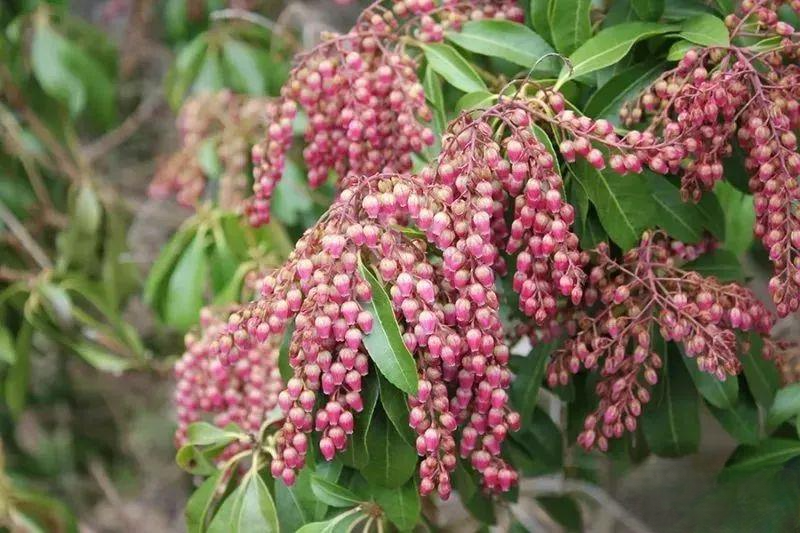
The Pieris japonica is a shrub that can be seen in the south. It grows to two or three meters high and can be grown into a large potted plant. In late spring every year, it can bloom with very charming clusters of flowers, and after the flowers bloom, it can also produce fruits.
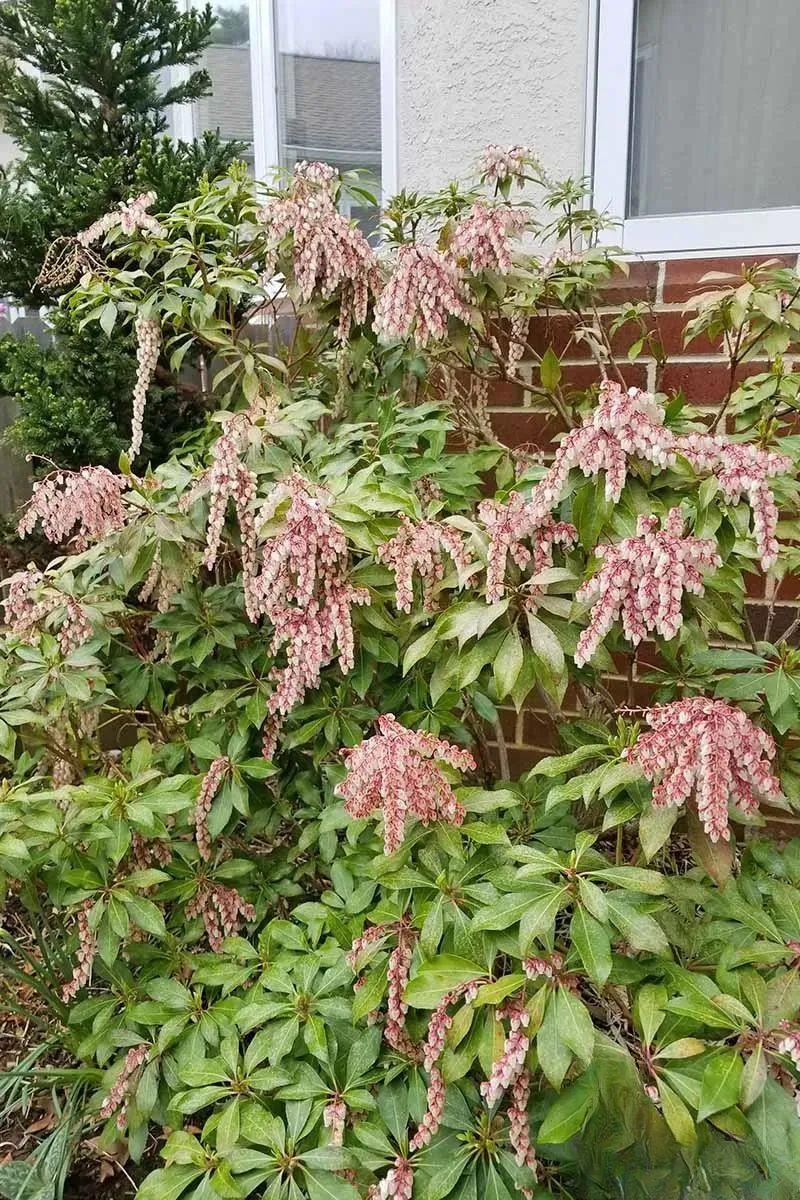
The environment of Chinese horse chestnut must be kept warm and humid, with a semi-shaded environment. They are afraid of excessive exposure to the sun, and are generally planted in the shade of other trees. The soil should be kept slightly moist during the growth period, and can be supplemented once every month in spring, summer and autumn. The maintenance of horse chestnut should also avoid freezing. It has a certain degree of cold resistance, but the minimum maintenance temperature should be kept above 5 degrees.
8. Ten major achievements
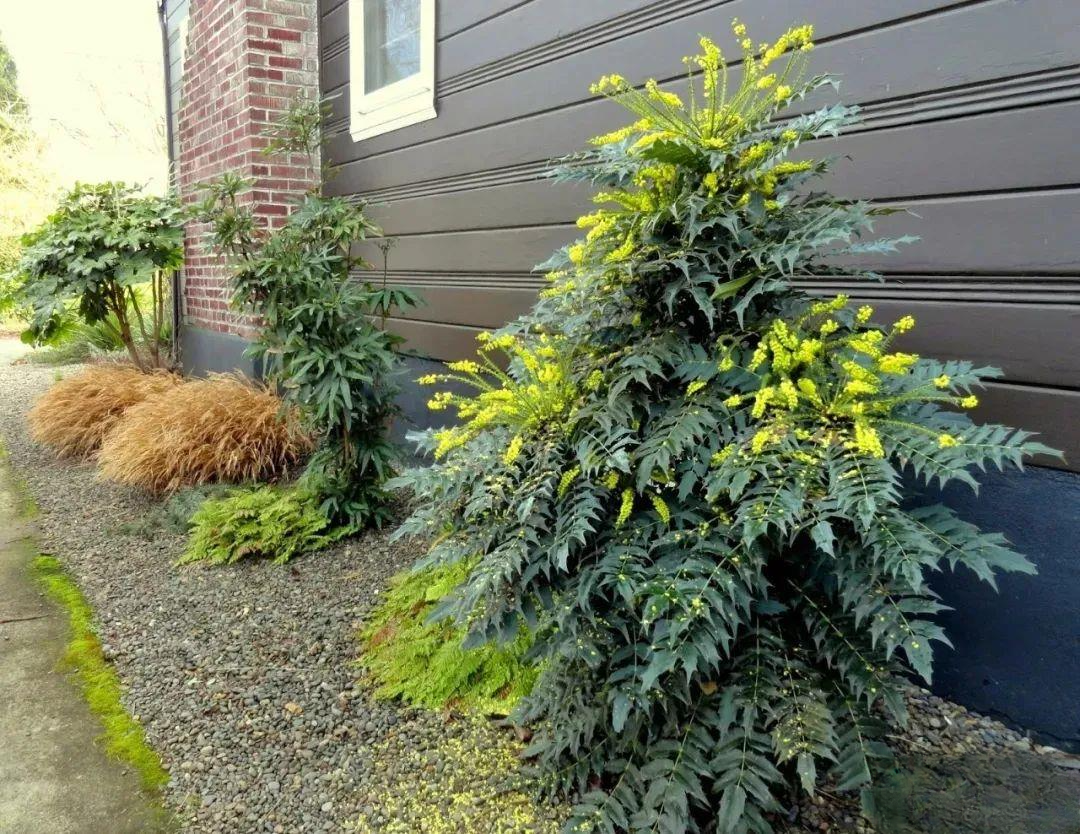
Euonymus japonicus is more suitable to be planted in a relatively shady place. It has good shade tolerance and is afraid of excessive exposure to the sun. It has a strong cold resistance and will rely on excessive heat. It grows best in a warm, cool and shaded environment. If there is appropriate reflected light every day, it can also bloom some flowers. Its flowers are all bloomed at the top of the plant, and the fruits produced can also be used for food.
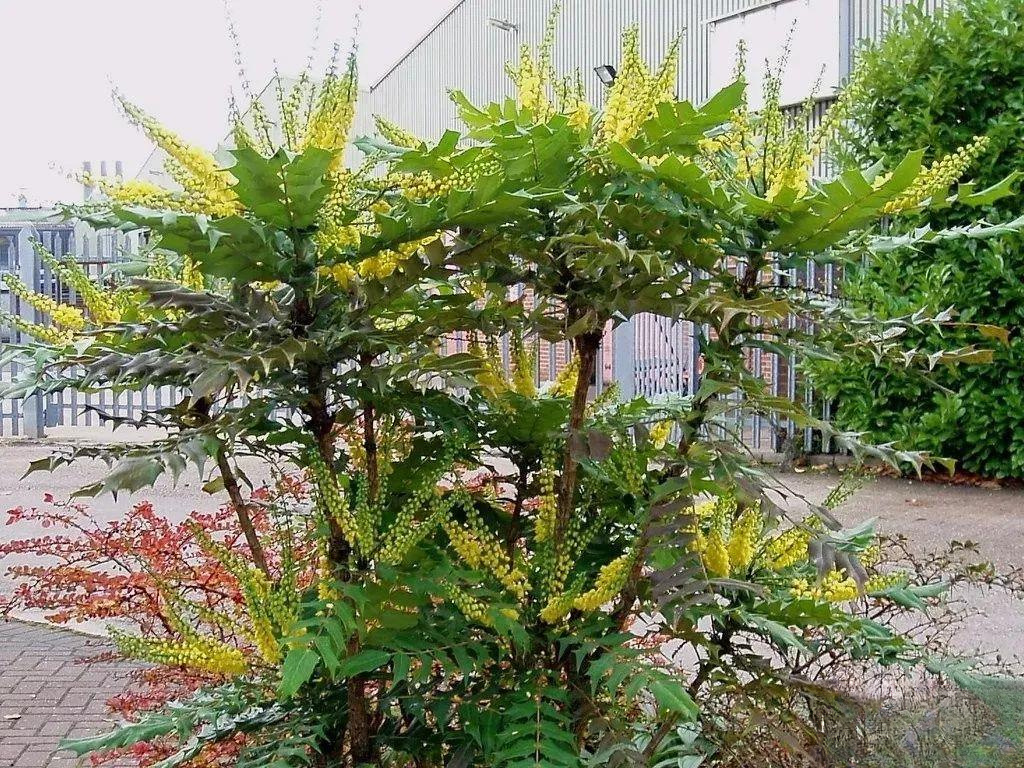
The soil for cultivating Euphorbia pulcherrima must have good drainage. The soil must be loose, fertile and have good drainage. The leaves of Euphorbia pulcherrima are emerald green, the plants grow evenly, and it is quite ornamental. It is very suitable to be used as a landscape plant and arranged in the center of a flower bed.
9. Gardenia
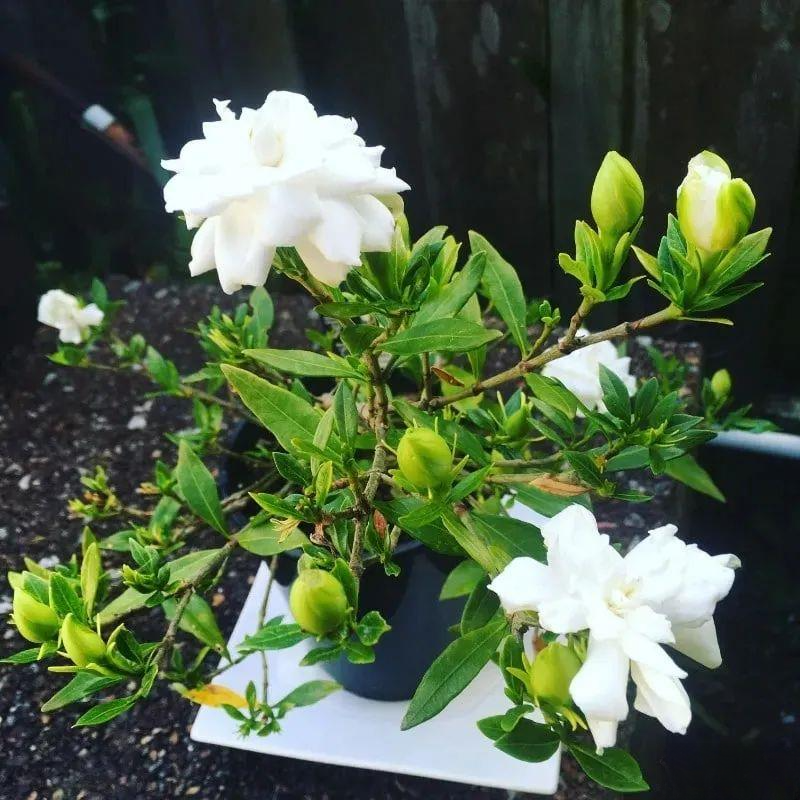
Gardenia is an evergreen shrub with very fragrant flowers. Gardenia can be seen from May to July every year. The fragrant and charming pure white flowers will gradually turn yellow and slowly wither and die.
Then I must give the potted gardenia more light, and pay attention to proper shade in the summer afternoon. The leaves will grow more crisp in semi-shade, but it will affect flowering. He said that warm and high air humidity, heat resistance and cold resistance are good. As long as the maintenance temperature in winter is kept above 5 degrees, it can safely overwinter.
10. Osmanthus fragrans
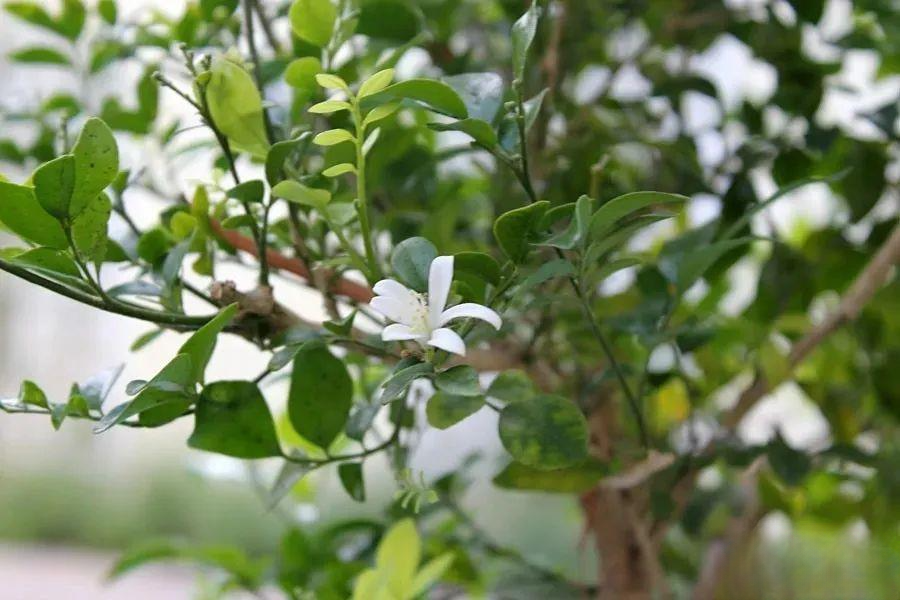
Osmanthus fragrans has a very beautiful shape, with green leaves and rich fragrance. It is particularly popular in the southern regions. It is more suitable for places with more light and good drainage.
Nowadays, Osmanthus fragrans is usually grown as a potted ornamental plant, and sometimes it is also grown as a bonsai. It prefers a warm environment, and the temperature is best between 20 and 33 degrees. Its cold resistance is relatively poor. It must be kept in a sunny and ventilated location, and the maintenance temperature should be maintained above 5 degrees.

During the growing season, you should pay attention to adding some slightly acidic soil to the Osmanthus fragrans. In such an environment, the air humidity should be high and there should be more than 6 hours of direct sunlight every day, which is best for the growth of Osmanthus fragrans.
11. Daphne odora
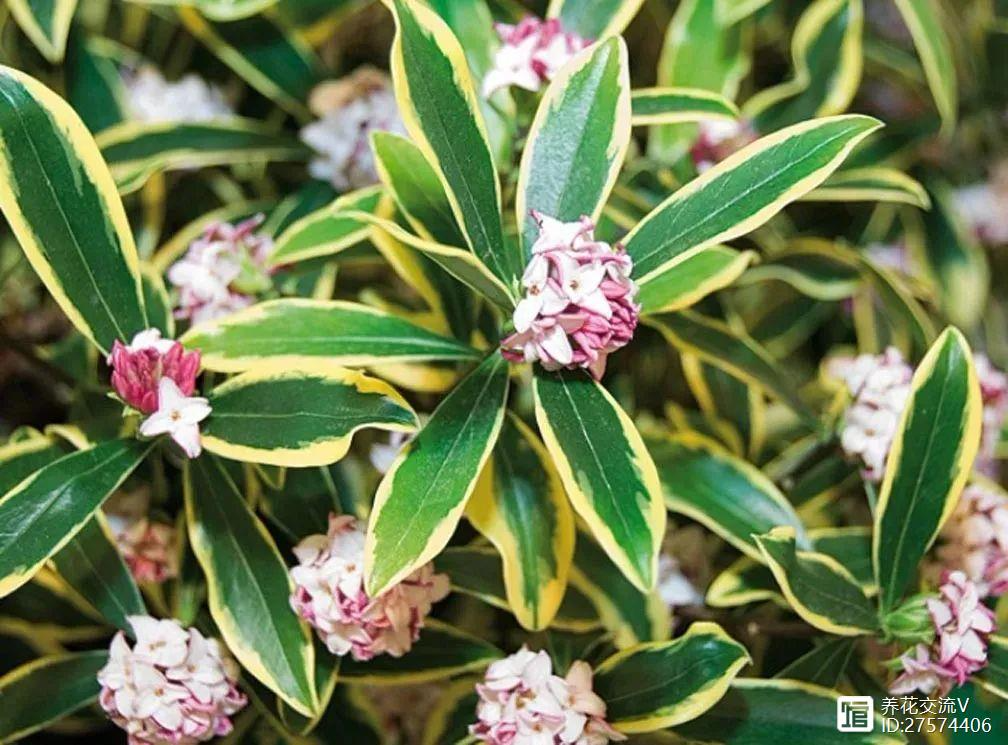
Daphne odora is an upright shrub flower and a very popular ornamental plant with fragrant flowers and elegant posture.
When growing Osmanthus fragrans in potted plants, you should pay attention to ensure that it has more light and provide appropriate shade in the summer. It likes to grow in semi-shade and grows best in well-drained places. In the summer, you should increase ventilation and spray water to cool it down.
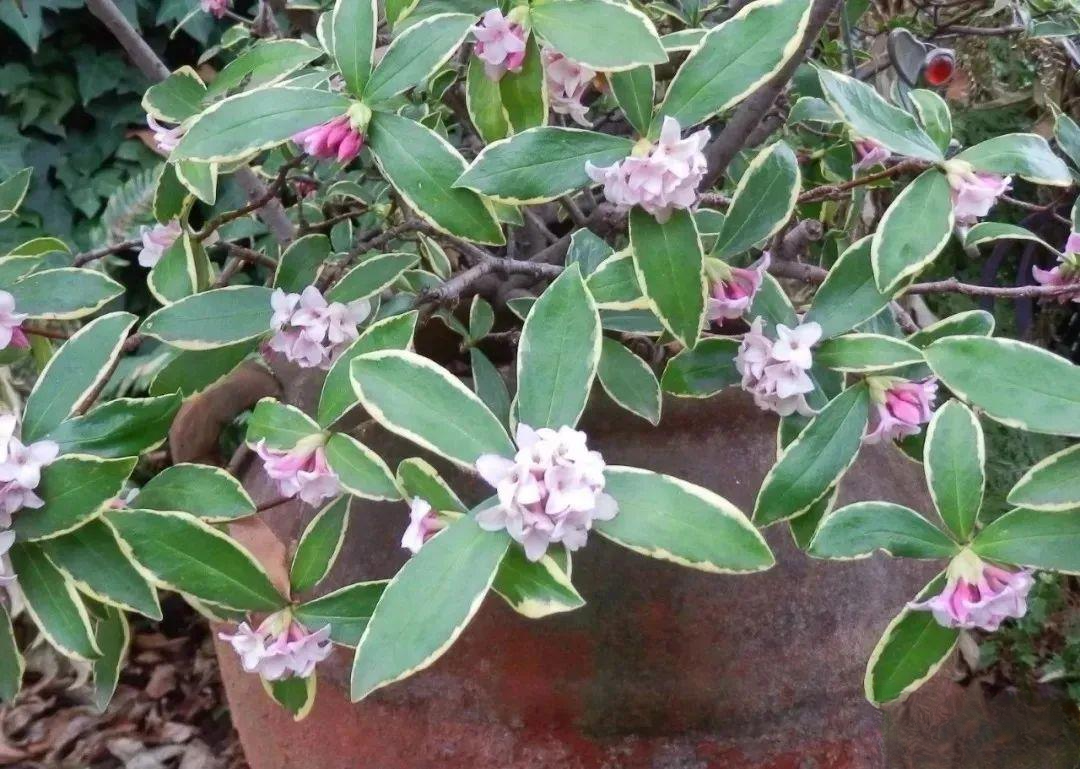
Osmanthus fragrans is generally cultivated as a ground-planted flower or tree. During the cultivation process, transplanting should be avoided. The cultivation soil should be added with more slightly acidic leaf mold or compost soil, and some river sand should be added appropriately to ensure good drainage. If the soil is often moist, it is easy to cause root rot.
12. Bicolor Jasmine

Bicolor jasmine is also called mandarin duck jasmine. Its flowers have different colors. White and purple flowers can bloom on the same plant. In fact, it is because the flowers bloom at different times. The flowers that just bloom are purple, then they will slowly turn white, and then they will gradually wither.
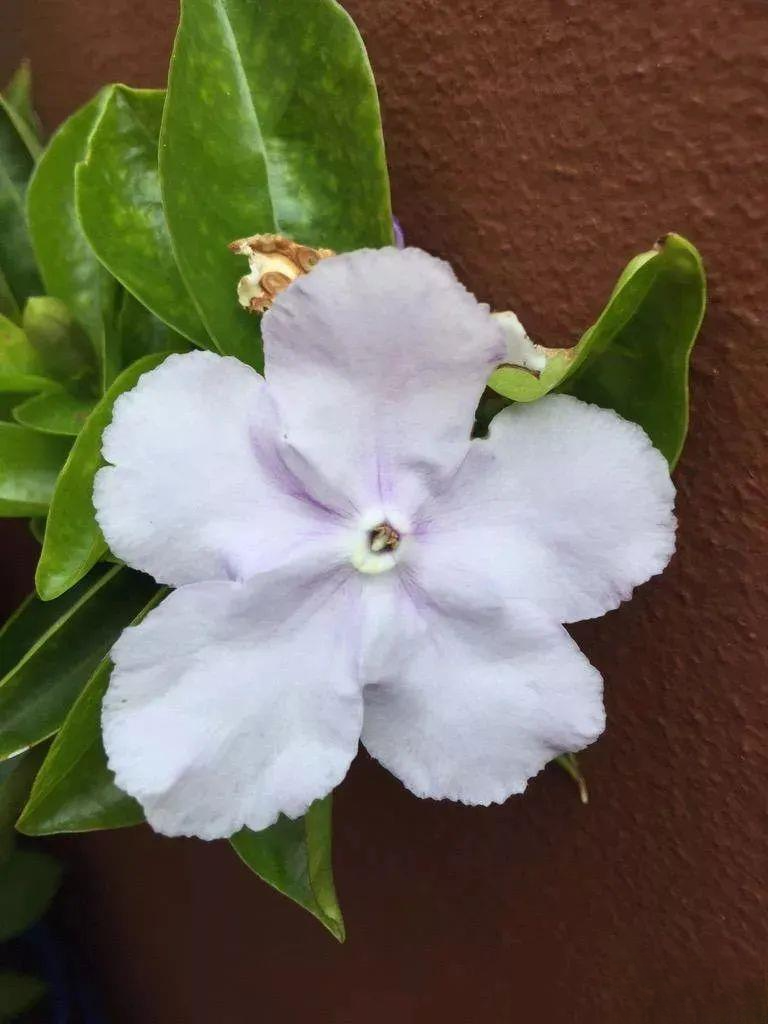
Bicolor jasmine is a shrub flower that is green all year round. It is easier to plant in the southern regions, but it needs to be grown in potted plants in the northern regions. After growing in the potted plants, it is necessary to ensure that there are more than 4 to 6 hours of direct sunlight every day, and the maintenance temperature should be maintained above 7 degrees. If the environment is not well ventilated, it will not grow well. Also, pay attention to maintaining an air humidity of more than 50%.